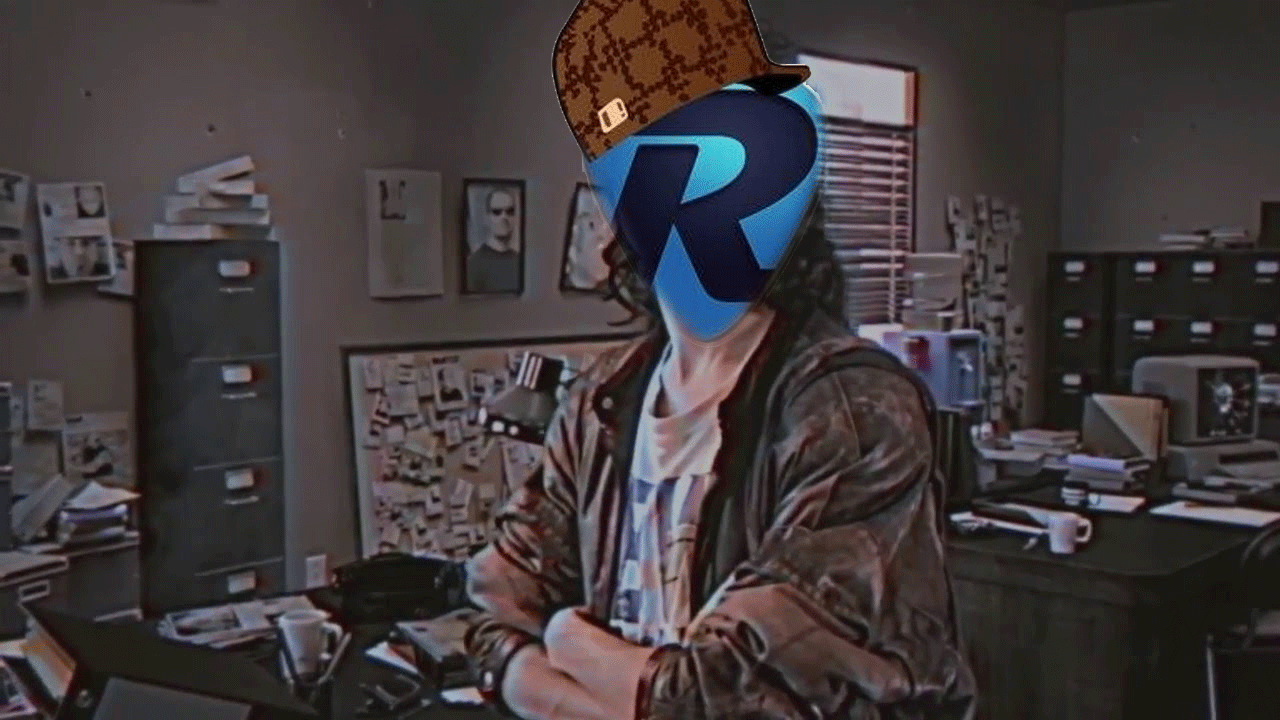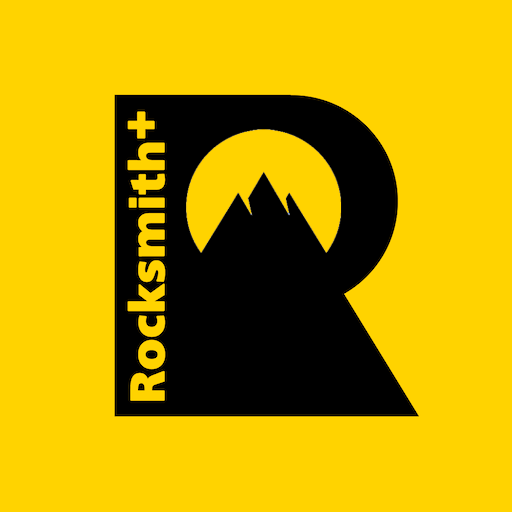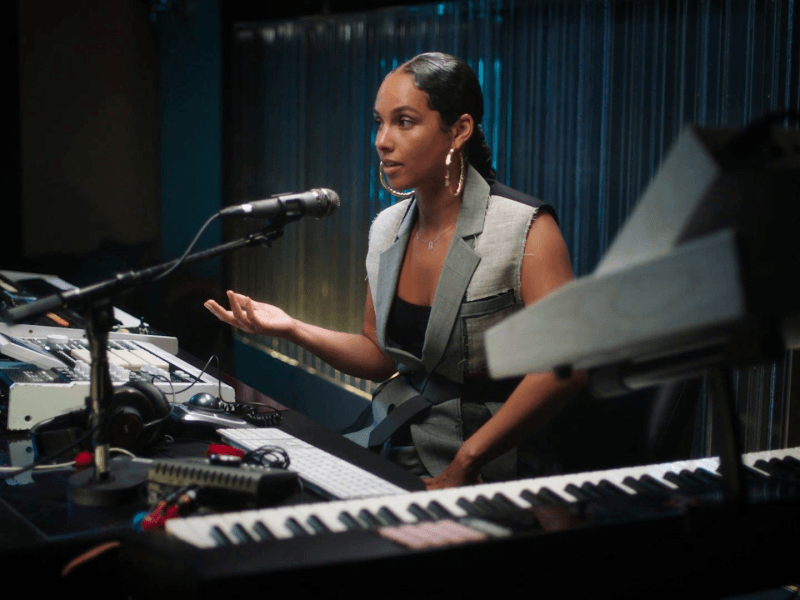More and more games these days are developing healthy modifying communities. Some developers have taken on board these mods and improved upon them and ultimately released them as game expansions, some have hired the community modifiers to improve the game and others just leave them be.
With the cessation of DLC for Rocksmith 2014 Remastered, we assume that development and improvements for 2014 has also stopped. The only updates we’ve seen since December of 2016 have been for essential fixes, like MacOS Catalina compatibility.
Rocksmith has always had a certain class of mod that we’ve chosen to not discuss on this site – you know what it is – but recently TRR has been made aware of some other possible modifications that have the potential to be more useful to the average user, rather than just by twitch streamers.
For a while now there has been a small group of people working on some well requested “Quality of Life” improvements to the PC version of Rocksmith 2014 Remastered Edition.
Direct Connect Mode

One of these things we’ve mentioned here previously, was the Direct Connected mode that we know was contemplated for Rocksmith Remastered, since the art files for it are included in the game and there are several mentions of it in the multi language localization files, but for undisclosed reasons was removed from the product before launch.
We can hazard a guess that UbiSupport found that supporting such an array of possible input sources would be problematic and so the game mode was removed. This is pure speculation however, as there hasn’t been a public comment on the “Direct Connect” mode from any UbiSF staffers.
What we can safely infer however, was it must have been removed very late in the process of Remastered, as enabling it again required just this line of text to be entered into a file at the right place.
“3”: “DIRECT CONNECT”
With that addition in the right place, the game gets a Microphone Mode that has the full tone emulation enabled. There may very well be some technical reason for the decision to remove it, but the testing done so far on PC, Mac and Linux (Steam Proton) suggests this is a fully featured and functional game mode.
It is accessed from the Path/Input menu;

Which when selected prompts this warning on the first use
The calibration functions as you’d expect, then you can use any input source that works with Rocksmith in Microphone Mode, but with the addition of the full tone simulations.
Something to note – the rocksmith.ini flag: “RealToneCableOnly = 1” a setting used by most twitch streamers to prevent Rocksmith from taking control of their microphone, seems to effectively disable this input mode as well.
For the casual user however that can’t conveniently get a Real Tone Cable (RTC) in their locale, it seems like this mod will save a lot of hassle, since generic USB to guitar cables should now be useable (make sure they are capable of being set to 48khz/16 bit DVD quality!) and are far more readily available outside of North America and Europe, than the RTC is.
Just don’t expect any help from UbiSoft Support to troubleshoot any issues you may have with it.

So, how good is it? Any better or worse for detection than using a Real Tone Cable?
Well, the users that have tested it so far have reported no obvious issues.
One user, testing the Direct Connect mode side by side with their RTC produced the above Learn-A-Song and the below head to head score attack results – using an Electro Harmonix Switch Blade to split their guitar signal to the RTC (player 2) and their Behringer FCA610 interface.
You’ll notice the scores and streaks are not perfectly in sync, the RTC sometimes showing higher scores than the Direct Connect mode, but not consistently. Since Direct Connect mode is essentially Microphone Mode with the tones enabled – Player 1, or the left hand side of each of these screen captures, is the Direct Connect mode results and the right hand side the Real Tone Cable.


To be clear, this is 1 player, 1 guitar, just splitting the signal to the 2 different input options.
Verdict? Not bad at all. In the words of the person that managed those results above;
“I wouldn’t be able to tell you if I was using the RTC or not”
The biggest downside we’ve found when using the Direct Connect mode, is that you can’t have 2 players using this input method. Just like Microphone Mode, Direct Connect can only be used by Player 1, while Player 2 is restricted to using a RTC. The other major one being that depending on your audio drivers, you may not be able to select the correct input channel for your audio interface as the input.
We are aware of Presonus Audiobox interfaces, some low end (UCG102 “Guitarlink“) and higher end Behringer interfaces working quite well in this input mode. We have also heard of Steam Proton users on Linux being able to use this input mode without any additional hassles.
Please, if you have an interface at home and can report back with a “working well” or otherwise, we’d love to hear about it in the comments below.
Likewise surely, would people finding this post later looking for an idea on what interface they may be able to use instead of a Real Tone Cable.
RS_ASIO
It should be noted, if you are someone that has an interface that can work with ASIO, rather than only through the default Windows Device Management drivers, Direct Connect isn’t likely to be the right option for you. There is however another project (not affiliated with this group of modders) named RS_ASIO that you should look at, as this modification makes Rocksmith see the ASIO device as a Real Tone Cable and leverages the benefit of those ASIO drivers. Unlike the Direct Connect option, RS_ASIO can let you define which input channel of your interface is used for single or multiplayer. A very useful feature if your interface has Channel 1 as a microphone source and Channel 2 as the guitar input – ie, like every Focusrite Scarlett interface.
You can find the the RS_ASIO project on GitHub at; https://github.com/mdias/rs_asio and in our opinion, is a must get for anyone with hardware that has native ASIO drivers.
Song List Names
Since the launch of Remastered in October 2016 and the update in December 2016 that added more song lists and Microphone Mode, we’ve complained about the fact the Song Lists that a user can define in game do not have the ability to have their names changed.
There was an explanation given around the time along the lines of “that due to available resources, we could have the song lists, or the ability to re-name them, not both” *Apologies for not having the exact quote, WMG has blocked the video that we believe it was made in.

This is a simple fix on PC, using a text file defined outside Rocksmith that allows a user to edit the names as they require. The only problem being they have to do so with a text editor (or the RSMods gui) while Rocksmith is not open.
A few text entries later and the song lists becomes;

You still need to manually add the songs to each list, but having the lists named in a way that is easy to remember what you’ve added to them, has to be a useful thing. If you ever need to change what one of the lists is named as, just open the RSMods.ini file and change the name and save, or you can use the included gui to set them. Next time you run Rocksmith you’ll have the new song list names.
Fast Load
Rocksmith 2014 came out when the Xbox 360 and Play Station 3 were the top consoles available. Consoles with 5400 rpm mechanical hard drives.
That was painfully slow when those consoles were new, but by modern standards where PC users have NVMe drives capable of around 40x the read speeds of those drives, totally unbearable.
Believe it or not, a decent portion of the startup time is actually required for loading game assets and the timing is seemingly set to be pretty close to what is required for a 5400 rpm drive.
But, who still uses such drives?
RSMods has a setting for enabling the fast load mod. If you have an SSD drive or faster, then this mod will cut down your game startup time by a significant amount. The mod can fail and leave Rocksmith stuck on a loading screen with the RS pick showing, if you enable the mod on a system that doesn’t have a fast enough drive speed, or has a lot of other back ground processes going on. It is also easy to undo the mod if this turns out to be an issue on your system.
Auto Load Last Used Profile
This goes hand in hand with the previous mod. This will make Rocksmith automatically load up your last used profile when you launch the title. A small thing that just speeds up the startup process.
Exit Game From Main Menu

Are you someone that gets annoyed at having to grab their mouse to click the black X in the upper right corner? Or the kind of caveman that uses alt+f4, or even worse someone that uses escape to go back to the profile selection screen then presses escape again, all just to be able to close Rocksmith?
Quick question, when was the last time you selected the UPLAY option from the main menu?
What, you didn’t even realize there was such an option and you have no idea what it actually does? You’re not alone.
The mod team removed the UPLAY menu item and instead linked that menu item to the same thing that pressing the black X does.

This lets you close the game neatly without needing the mouse, or multiple extra keyboard presses (and time) or risking a profile corruption from using alt+f4.
Custom Tuning Name fixes
Sick of seeing “Custom Tuning” in the song list? The available songs have kind of grown a bit since the game launched, with that list has come many additional tunings that the game didn’t define originally, so they just show up as “Custom Tuning”. Below you’ll see the default tuning list beside the updated one.

And how it looks in the Learn-A-Song list. 
Remove Lyrics In Learn-A-Song.
Simply what it says, turns off the display of lyrics in the Learn-A-Song game mode. The mod tool lets you choose to have them permanently turned off or disabled only when you use a hot key to trigger the mod.
Replace Default Guitar Tones.
Sick of that high gain Marshall tone in the menus on the Lead guitar path (even if it is an almost perfect Slash tone)?
Lead, Rhythm and Bass guitar paths all have their own default tone assigned to them that will be active when you start up Rocksmith. The RSMods GUI lets you load a saved tone from your profile and use that to replace the default tone for each path. The tone doesn’t need to be assigned to a “tone slot”, just a tone that is saved in your profile.
User Defined String Colors
Are you one of those people that the default string and note color options, just doesn’t work for? There is a Color Blind mode option too, but unless you have the specific flavor of colorblindness that those colors are calibrated for, these may not be ideal either. RSMods lets you define your own choices for normal and Color Blind modes.
Okay, so you think this is all well and good, but how do I get these mods?
rocksmith.rocks/mods
or for more frequently updated builds
bit.ly/RSModsGit
- Download the RS2014-Mod-Installer.exe file and run it.
It will find and unpack the required files to your Rocksmith directory, then will launch the RSMods.exe gui for you to choose which mods you’d like to enable. - The mods consists of 3 main parts.
The RSMods gui and associated files, these will go into a \RSMods\ folder within your \Rocksmith\ directory. This is used as the “easy” way to select which mods you want active or not. - A D3DX9_42.dll file, that goes into your \Rocksmith\ Folder. If you already have such a file there – this one can overwrite it, you will not lose any functionality that the older file gives you.
- A RSMods.ini file, that also goes in the \Rocksmith\ folder. Many of these mods (and several still experimental ones we haven’t covered here) can be activated or altered via this file directly, such as the song list names.
- For Mac users just looking to enable the Direct Connected mode, there’s a replacement cache.psarc file that you can download (backup your original first!), place in your \Rocksmith\ folder and have the input mode enabled.
We know the RSMods team are working on a few other things that they think would be fun to include – controlling the Rocksmith menus directly from your guitar for eg, but we’d all love to know of any thing else you think could be modified to make your experience with Rocksmith 2014 Remastered more enjoyable.
At least until we learn what new things the UbiSoftSF team may have in store for us.
Maybe also let us know which of these modifications you’d most like to try first?
On behalf of the Rocksmith community, we would like to send a huge Thank You to
Ffio, Kokolihapihvi, l0fka and LovroM8
and several others that have helped in some way. Without whom, these mods would not be out there for the public to enjoy.


